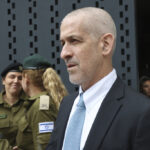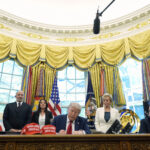Japan won approval from the U.N.’s nuclear watchdog on Tuesday for its plan to release treated radioactive water from the tsunami-wrecked Fukushima plant into the ocean, despite fierce resistance from Beijing and some local residents. After a two-year review, the International Atomic Energy Agency (IAEA) said Japan’s plans were consistent with global safety standards and that they would have a “negligible radiological impact to people and the environment”. The Associated Press has the story:
Japan to release wastewater into Pacific Ocean
Newslooks- TOKYO (AP)
The U.N. nuclear agency gave its endorsement on Tuesday to Japan’s planned release of treated radioactive wastewater into the sea from the damaged Fukushima nuclear plant, saying it meets international standards and its environmental and health impact would be negligible.
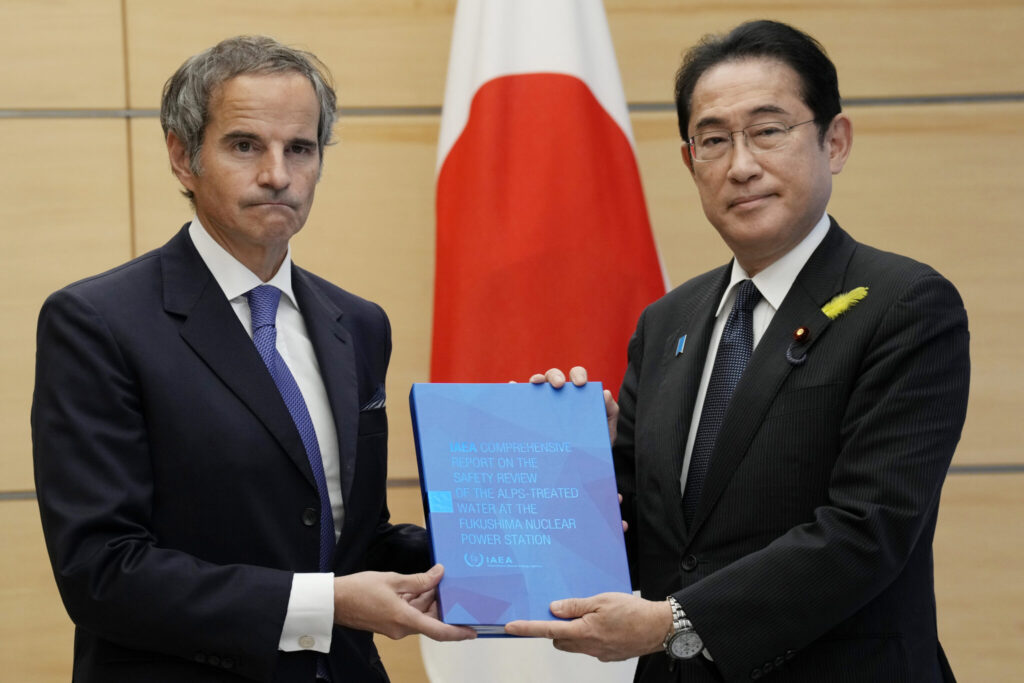
The plan is opposed by groups in South Korea, China and some Pacific Island nations because of safety concerns and political reasons. Local fishing organizations are worried that their reputation will be damaged even if their catch isn’t contaminated.
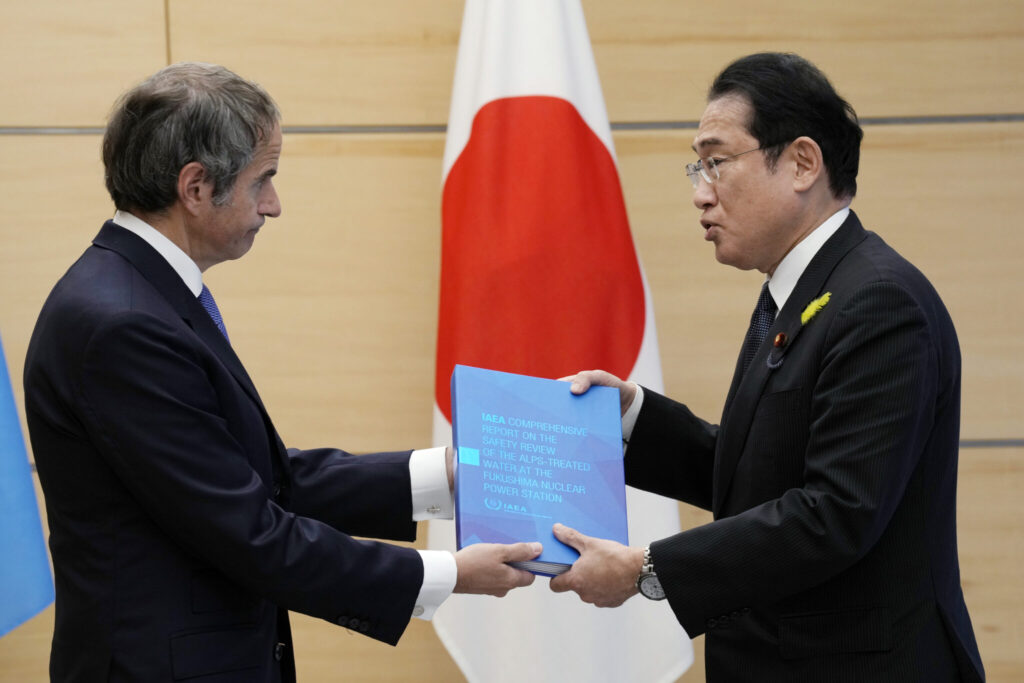
Rafael Mariano Grossi, the head of the International Atomic Energy Agency, submitted its final assessment of the plan to Prime Minister Fumio Kishida on Tuesday.
The report is a “comprehensive, neutral, objective, scientifically sound evaluation,” Grossi said. “We are very confident about it.”
The report said IAEA recognizes the discharge “has raised societal, political and environmental concerns, associated with the radiological aspects.” However, it concluded that the water release as currently planned “will have a negligible radiological impact on people and the environment.”
Japan’s plan and the equipment for the discharge are “in conformity with the agreed international standards and its application,” Grossi said.
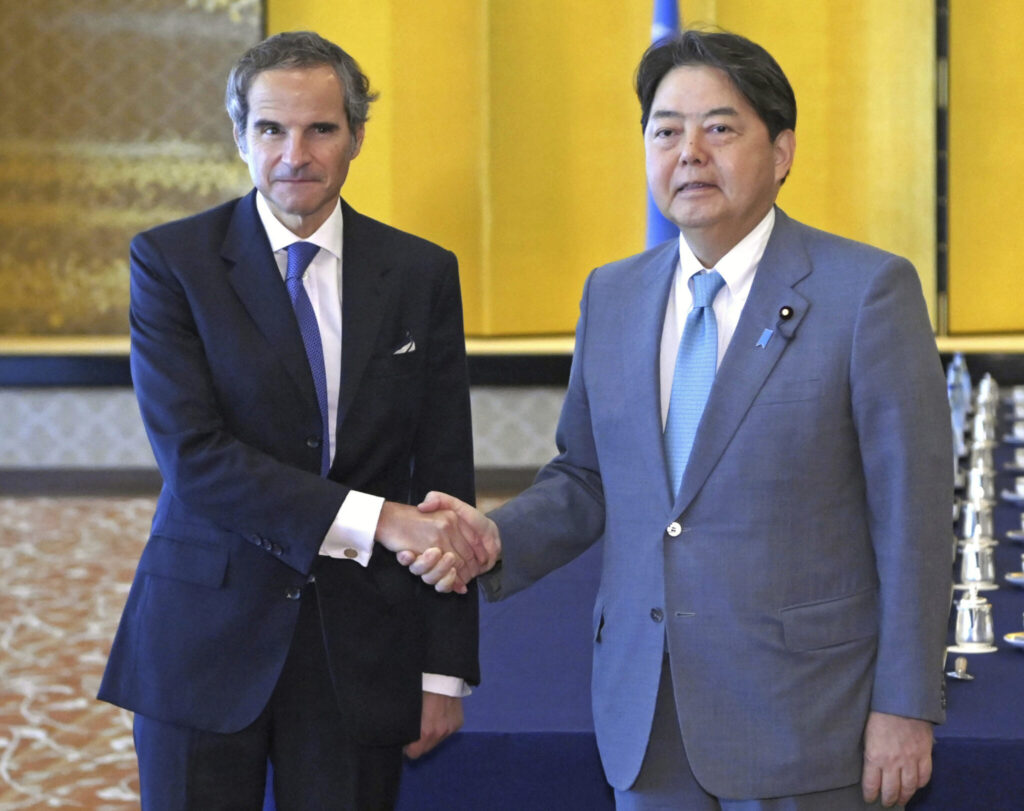
He said the dilution of treated but still slightly radioactive wastewater for gradual release into the sea is a proven method widely used in other countries, including China, South Korea, the United States and France, to dispose of water containing certain radionuclides from nuclear plants.
Much of the Fukushima wastewater contains cesium and other radionuclides, but it will be filtered further to bring it below international standards for all but tritium, which is inseparable from water. It then will be diluted by 100 times with seawater before it is released.
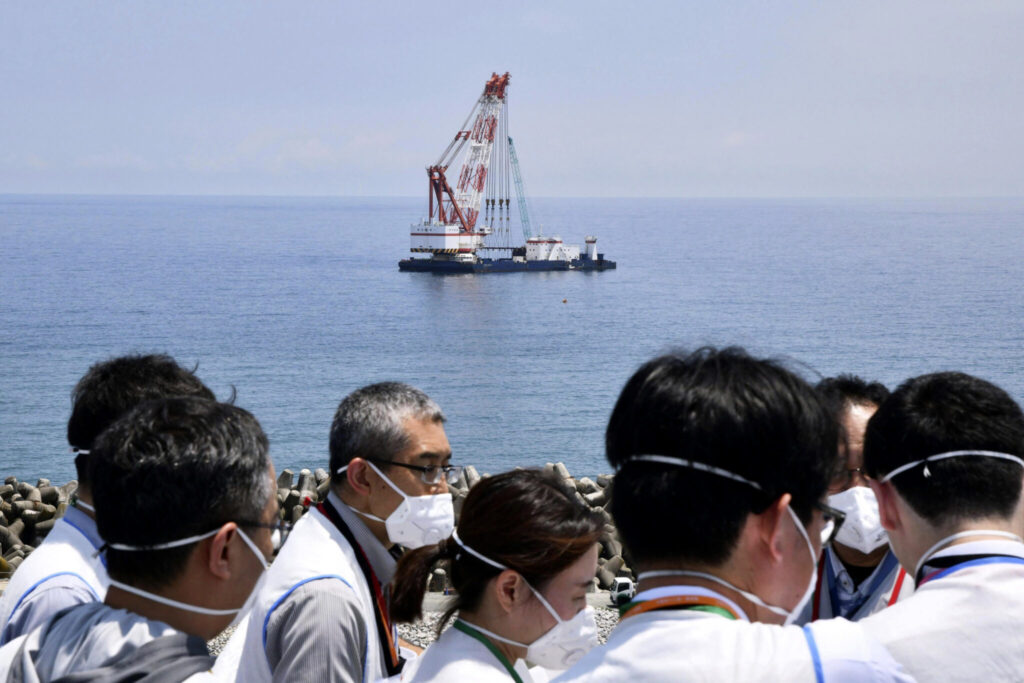
But Haruhiko Terasawa, head of the Miyagi prefectural fisheries cooperatives, said they will continue to oppose the release while concerns remain.
“The treated water is not a problem that ends after a single time or a year of release, but lasts as long as 30-40 years, so nobody can predict what might happen,” he told TV Asahi.
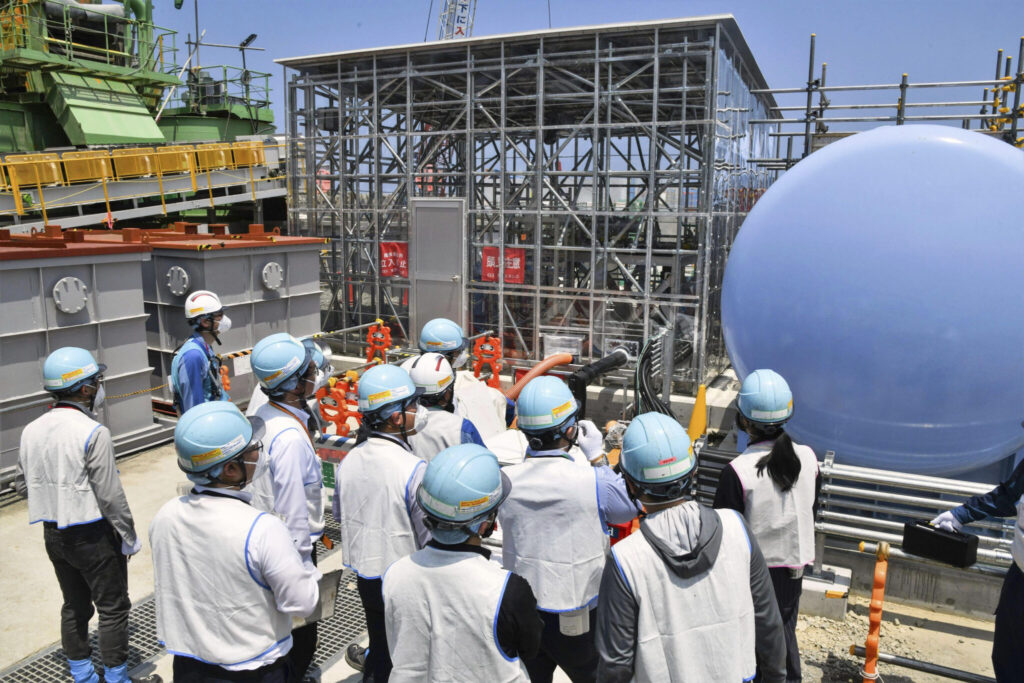
Japan has sought the IAEA’s support to gain credibility for the plan. Experts from the U.N. agency and 11 nations have made several trips to Japan since early 2022 to examine preparations by the government and the plant’s operator, Tokyo Electric Power Company Holdings.
Some scientists say the impact of long-term, low-dose exposure to radionuclides remains unknown and urge a delay in the release. Others say the discharge plan is safe but call for more transparency in sampling and monitoring.
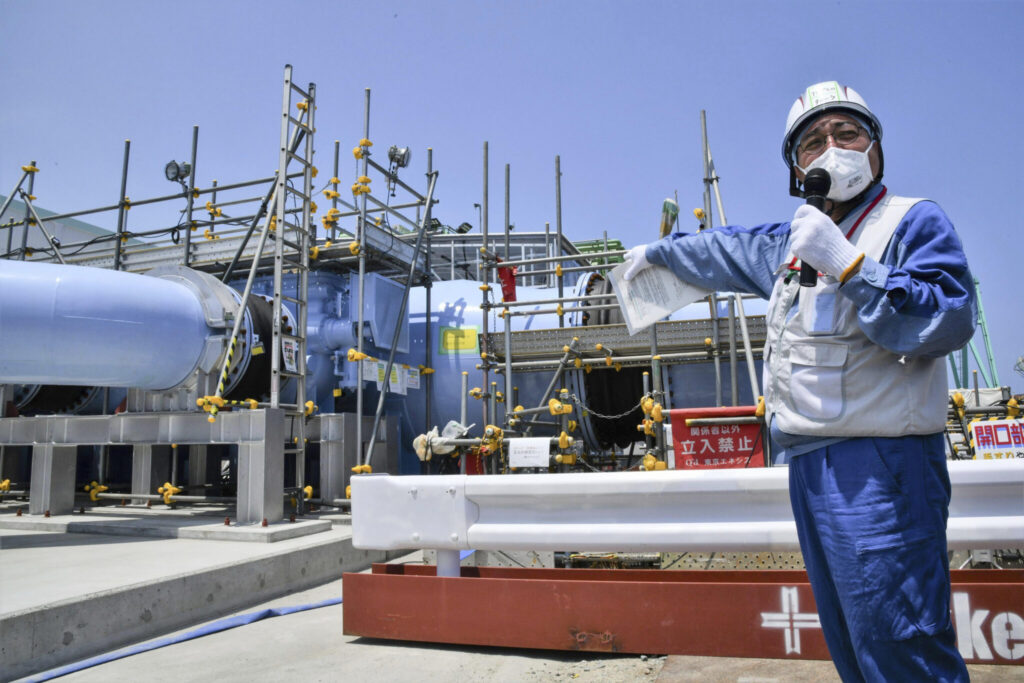
Kishida, after meeting with Grossi, said Japan will continue to provide “detailed explanations based on scientific evidence with a high degree of transparency both domestically and internationally.”
A massive earthquake and tsunami on March 11, 2011, destroyed the Fukushima Daiichi nuclear plant’s cooling systems, causing three reactors to melt and their cooling water to be contaminated and leak continuously. The water is collected, treated and stored in about 1,000 tanks at the plant which will reach their capacity in early 2024.
The government and TEPCO say the water must be removed to prevent any accidental leaks and make room for the damaged plant’s decommissioning.
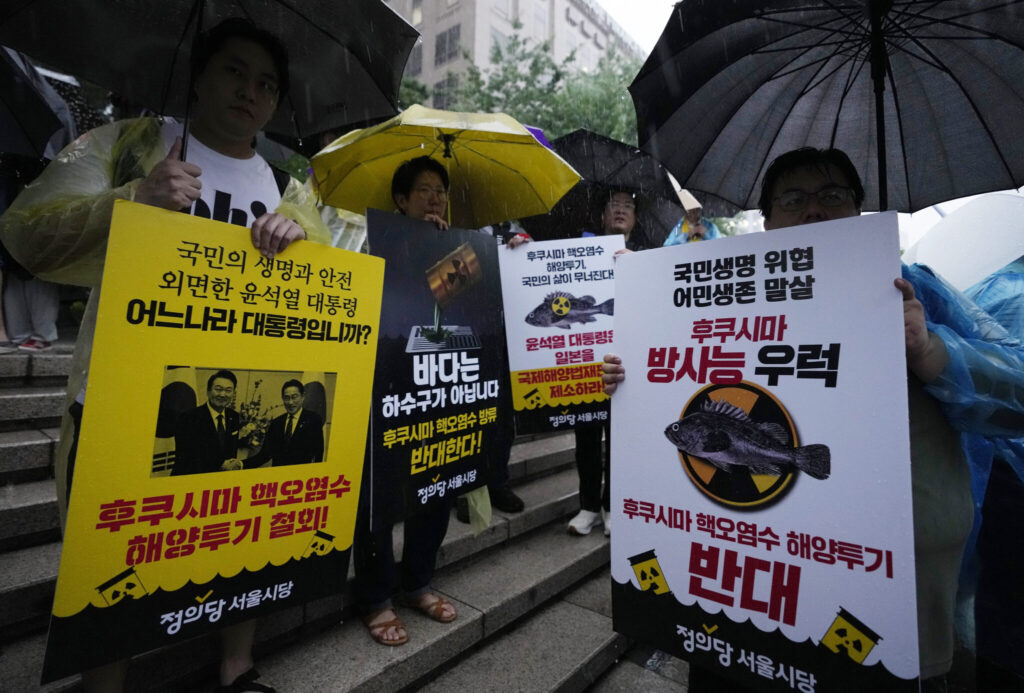
Japanese regulators finished their final safety inspection of the equipment last Friday and TEPCO is expected to receive a permit in about a week to begin gradually discharging the water at a location 1 kilometer (1,000 yards) offshore through an undersea tunnel. The start date for the release, which is expected to take decades, is still undecided.
The IAEA will continue to monitor and assess the release, Grossi said.
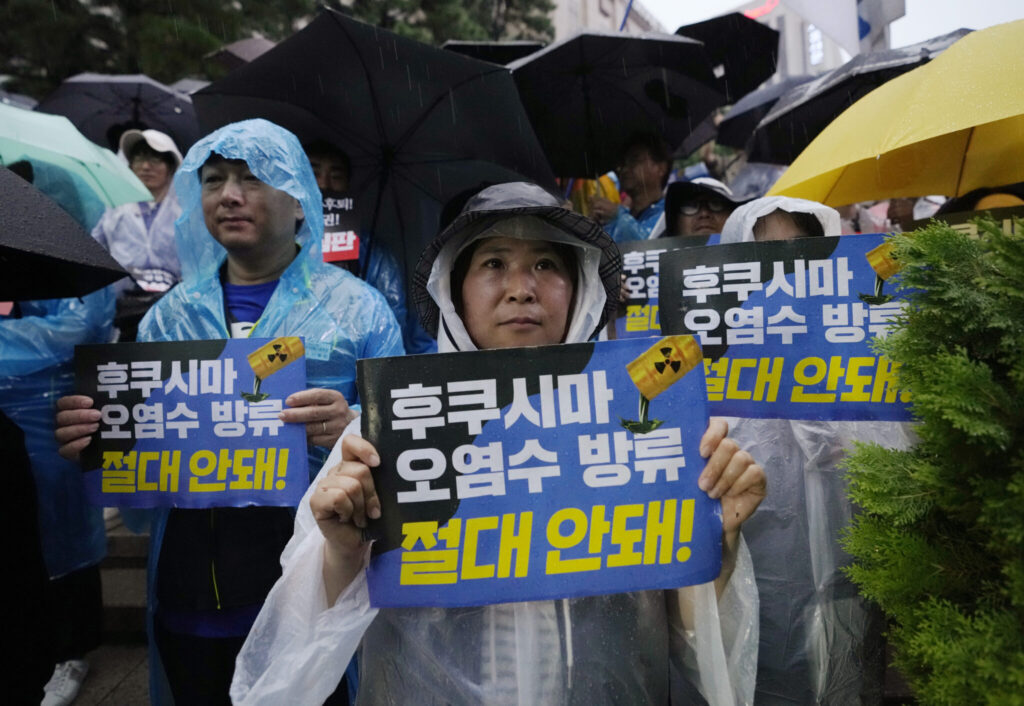
During his four-day visit, Grossi will also visit the Fukushima plant and meet with TEPCO officials, local fishing groups, heads of nearby municipalities and other stakeholders.
“I believe in transparency, I believe in open dialogue and I believe in the validity of the exercise we are carrying out,” he said.
Grossi is also expected to visit South Korea, New Zealand and the Cook Islands after his visit to Japan to ease concerns there.

